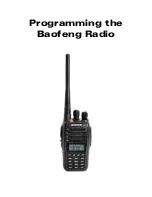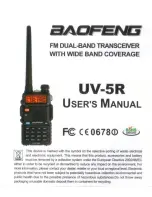
4116V105-UK 19
Configuration / operating the function keys
Documentation for routing diagram.
In general
When configuring the 4116, you will be guided through all parameters and you can choose the settings which fit the
application. For each menu there is a scrolling help text which is automatically shown in line 3 on the display.
Configuration is carried out by use of the 3 function keys:
1
will increase the numerical value or choose the next parameter
2
will decrease the numerical value or choose the previous parameter
3
will save the chosen value and proceed to the next menu
When configuration is completed, the display will return to the default state 1.0. Pressing and holding
3
will return to the
previous menu or return to the default state (1.0) without saving the changed values or parameters.
If no key is activated for 1 minute, the display will return to the default state (1.0) without saving the changed values or
parameters.
Further explanations
Fast setpoint adjustment and relay test:
These menus allow you to make a quick setpoint change and relay test when the
FastSet menu is activated. This function can only be activated when the relays are set for setpoint function and are controlled
by a setpoint.
Pressing
1
and
2
simultaneously will activate a relay test and change the state of the relay.
Pressing
3
will save the setpoint change.
Holding down
3
for more than 1 second will return the unit to the default state without saving the setpoint change.
Password protection:
Programming access can be blocked by assigning a password. The password is saved in the device in
order to ensure a high degree of protection against unauthorized modifications to the configuration.
If the configured password is not known, please contact PR electronics support -
Signal and sensor error info via display front 45xx
Sensor error (see limits in the table) is displayed as SE.BR (sensor break) or SE.SH (sensor short). Signals outside the selected
range (not sensor error, see table for limits) are displayed as IN.LO indicating low input signal or IN.HI indicating high input
signal. The error indication is displayed in line 3 as text and at the same time the backlight flashes. Line 4 of the display is a
status line which displays status of relay 1 and relay 2, COM (flashing bullet) indicating correct functioning of 45xx and arrow
up/down which indicates tendency readout of the input signal. If the figure 1 or figure 2 flashes, the unit has detected that
the setpoint has been exceeded and that the relay is in “delay” mode. When the delay time has passed and the relay makes /
breakes, the relay sign either displays or disappears.
Signal and sensor error indication without display front
Status of the unit can also be read from the red / green LED in the front of the device.
Green flashing LED 13 Hz indicates normal operation.
Green flashing LED 1 Hz indicates sensor error.
Steady red LED indicates internal error.
Relay functions
6 different settings of relay function can be selected.
Setpoint:
The unit works as a single limit switch
Window:
The relay has a window that is defined by a low and a high setpoint. On both sides of the window the
relay has the same status.
Error function:
The relay is activated by sensor error.
Power:
The relay is activated as long as the power is on.
Off:
The relay is deactivated.
Latch:
The relay is latched. Only valid for setpoint and window function.
Increasing/decreasing:
The relays can be set to activate at increasing or decreasing input signal.
Delay:
An ON and an OFF delay can be set on both relays in the range 0...3600 s.
Hysteresis:
0.0...100.0%.
















































